SERVICES
Voice-over Translation
Voice-over services are an indispensable component of the translation industry, providing a versatile solution for translating audiovisual content into different languages. From films and television shows to corporate videos, e-learning modules, and advertisements, voice-over adds a layer of linguistic and cultural adaptation that enhances the accessibility and impact of multimedia content on a global scale.

Voice-over involves recording a new audio track in a target language to replace the original spoken language while preserving the timing and synchronization with the visuals. This process requires skilled voice talents who are not only fluent in the target language but also capable of conveying emotions, nuances, and cultural subtleties to resonate with the intended audience.
Voice-over services enable organizations to reach diverse audiences in their native languages, facilitating engagement, comprehension, and connection with content. Whether it’s dubbing foreign films for international audiences or creating multilingual training materials for global employees, voice-over plays a crucial role in making information and entertainment accessible to people worldwide.
Frequently Asked Questions:
What is voice-over Translation?
Voice-over translation, often referred to simply as “dubbing” or “VO translation,” is the process of replacing the original spoken language in a video or audio content with a translated version. This is commonly used in films, television shows, documentaries, animations, and other multimedia productions to make the content accessible to audiences who speak different languages.
What does the voice-over translation process consist of?
- Accurate Translation: The first step involves translating the script into the target language. If there’s no existing script, we begin by transcribing the narrative elements of the video. The translator focuses on delivering an accurate translation. Before the recording phase, the translated script undergoes a thorough review for quality assurance.
- Voice-Over Recording: In this phase, voice actors record their lines in a studio, ensuring clean, top-quality audio. You have the option to specify the specific voice you want for your video, whether it’s female, male, informal, formal, or friendly.
- Editing and Post-Production: The recorded audio is then meticulously edited and integrated into the original video or audio content. This process involves precise timing and synchronization to ensure a seamless match between the new voices and on-screen actions
Why Opt for Voice-Over Translation Services?
- Broad Audience Reach: It allows content creators to reach a global audience by providing translations in multiple languages.
- Preserving Visual Elements: In contrast to subtitles, voice-over translation doesn’t require viewers to read text on screen, preserving the visual experience of the content.
- Accessibility: Voice-over is beneficial for viewers who may have difficulty reading subtitles, such as individuals with visual impairments.



